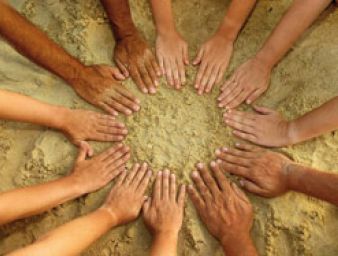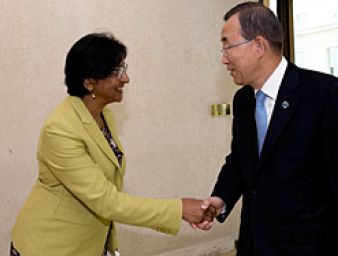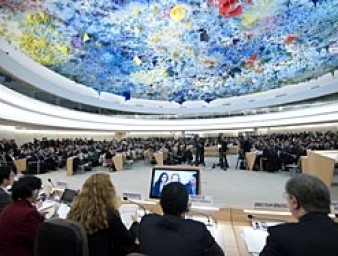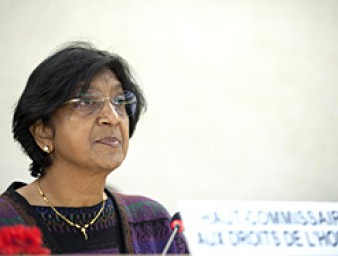A move to raise a healthier generation of kids
21 March 2013
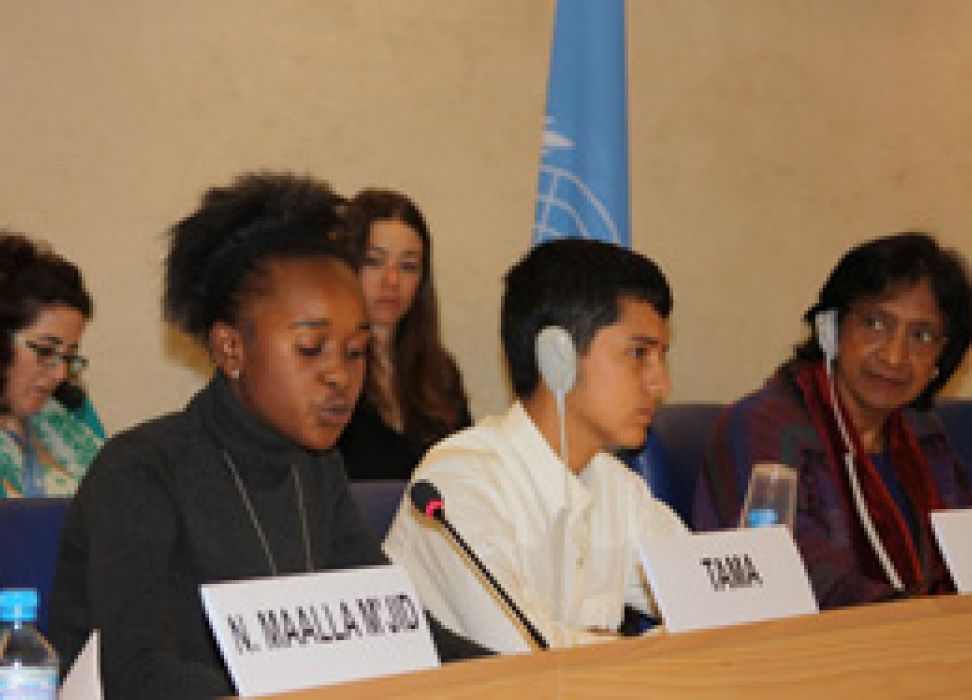
“We are the present, not just the future,” says Jonas, a 15-year-old Bolivian and President of the Children, Adolescent and Youth Network of Monteaugudo. During the 22nd Session of the Human Rights Council’s panel event on children’s health, Jonas said that the key to children leading healthier and more fulfilling lives is by providing every child, no matter who he or she is, with affordable and universal healthcare.
“As you know, 6.9 million children around the world die each year before they turn five, over two thirds of them due to diseases that can be prevented and treated,” says UN Human Rights Chief Navi Pillay in her opening statement at the event, which was held during the Human Rights Council’s full-day meeting on the Rights of the Child in Geneva. The morning panel discussion brought together health and human rights experts for an interactive dialogue on the challenges and recommendations for promoting and protecting a child’s right to quality and accessible healthcare.
“Moreover, every hour, 300 children die because of malnutrition, which additionally stunts the development of an estimated 170 million children worldwide. This is unacceptable, and urgent measures must be taken to protect the right of all children to life, survival and development,” Pillay says.
The United Nations Convention on the Rights of the Child was created to promote and protect the rights for all children. In article 24 of the Convention, States recognize that every child has the right to enjoy the highest attainable health.
“A child rights based approach to health emphasizes the need to eliminate exclusion and reduce social disparities in health between different groups of children,” Pillay says. “Therefore, in order to achieve the full realization of the right of every child to health, States have an obligation to ensure that children’s health is not underminded by discrimination.” The most vulnerable groups include children with disabilities and chronic illness; migrant children; street children; poor children; children without parental support; children who are victims of sexual violence, and children living in remote locations.
Universal health coverage is as an important step for improving the health of children. Ignacio Packer, Secretary General of Terre des Hommes International Federation, says that it is possible to remove all financial barriers to health and provide universal access in low income countries, but it will take “bold steps” by the international community. Gustavo Giachetto, Director of the Programme on Children’s Health at the Ministry of Public Health of Uruguay, said that Uruguay has improved their health care system by implementing important programs dedicated to maternal, child, and adolescent health.
The panellists highlighted alarming statistics regarding young girls. Selina Amin of Plan International Bangladesh says that more than 30 per cent of girls marry before they reach the age of 18 in developing countries.
According to Flavia Bustreo, Assistant Director-General for Family, Women and Children’s Health at the World Health Organization (WHO), 10 per cent of all pregnancies worldwide happen to girls under the age of 18. “Over 30% of maternal mortality cases can be found among adolescent girls,” she says. “The world has failed these girls, and regrettably reflects the precarious situation and inequality so many girls and young women continue to face every day.”
Tama, a 14-year-old Haitian, works with her peers in the prevention of HIV-AIDS as the President of the Committee of Children Clubs in Pignon. Tama expressed the challenges in her own community due to the lack of doctors and access to decent healthcare centers.
Additional health issues affecting children include malnutrition, obesity, violence and accidents, and mental health issues. In 2010, there was an estimated 42 million children under the age of 5 who were overweight. And, the risk of a child dying before his or fifth birthday in low-income countries is 18 times higher than high-income ones.
Sexual exploitation can have devastating impact on a child’s physical and mental health, according to Najat Maalla M’jid, Special Rapporteur on the sale of children, child prostitution and child exploitation. M’jid recommends that medical staff needs to be properly trained in order to detect signs of violence and abuse in children because the warning signs are not always visible.
21 March 2013
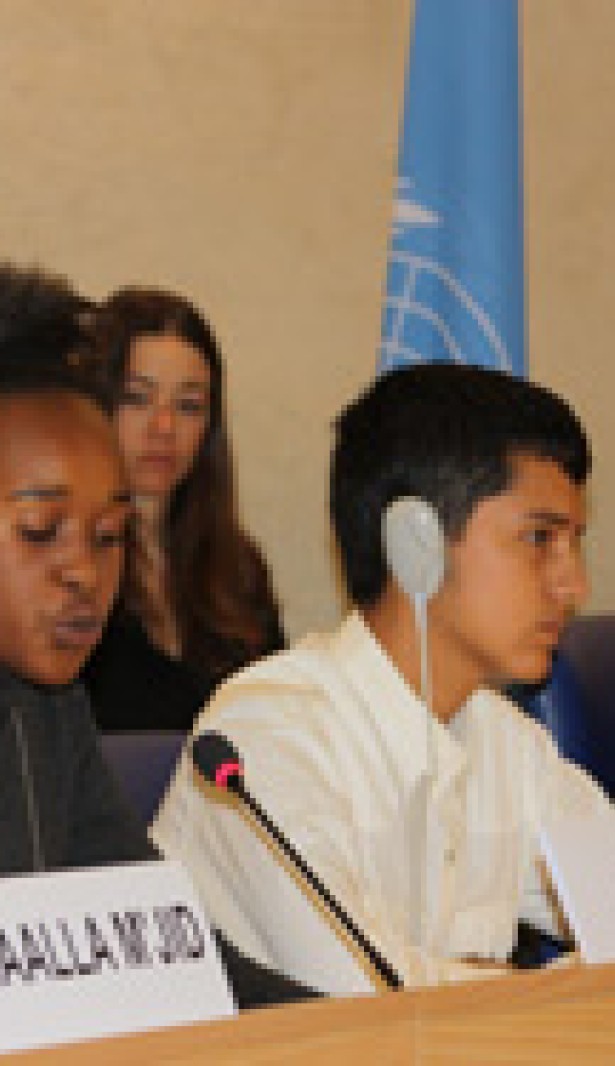
VIEW THIS PAGE IN:
